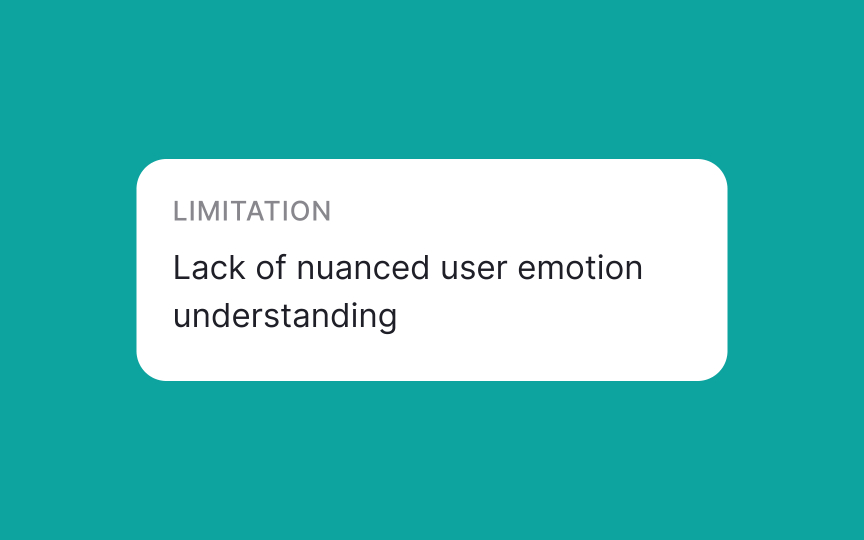Limitations of traditional methods
Traditional methods of user testing have always been a double-edged sword for UX designers. While moderated usability testing provides rich, in-depth insights, it's labor-intensive and time-consuming. Unmoderated tests, on the other hand, might save you time but often lack the nuance and detail that comes from real interactions. And let's not even talk about the resource-draining usability labs that many can't afford.
Current AI tools can alleviate some of these limitations. They can identify cosmetic bugs and run automated tests to validate them, effectively saving time and reducing manual error. AI analytics can identify user behavior trends, providing insights that can guide the design process. While not as nuanced as a seasoned researcher, these tools offer a layer of analysis that can be both time-efficient and cost-effective. For example, AI can automate the creation and distribution of surveys based on these insights, enabling a quicker feedback loop.
So, while AI isn't about to replace the human touch in UX design, it can handle the more repetitive tasks, freeing designers and researchers to focus on more creative and complex challenges.


